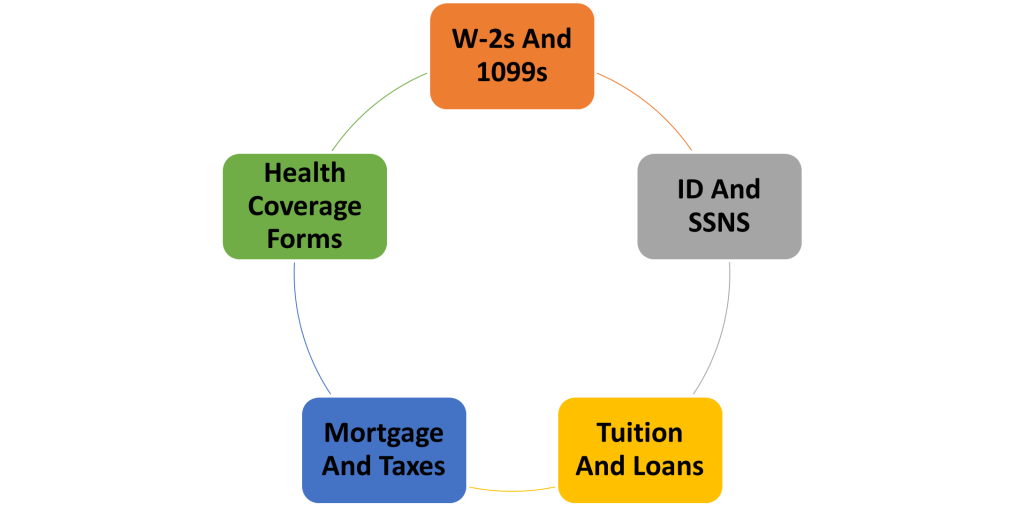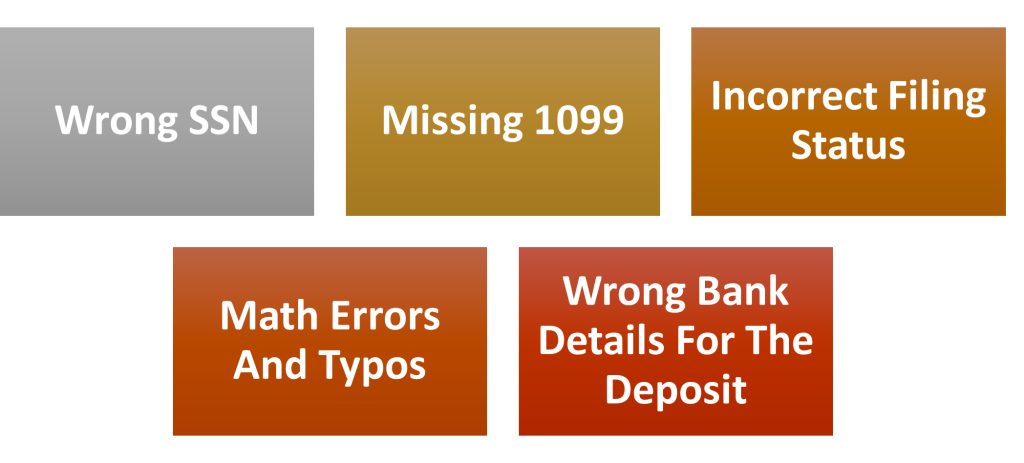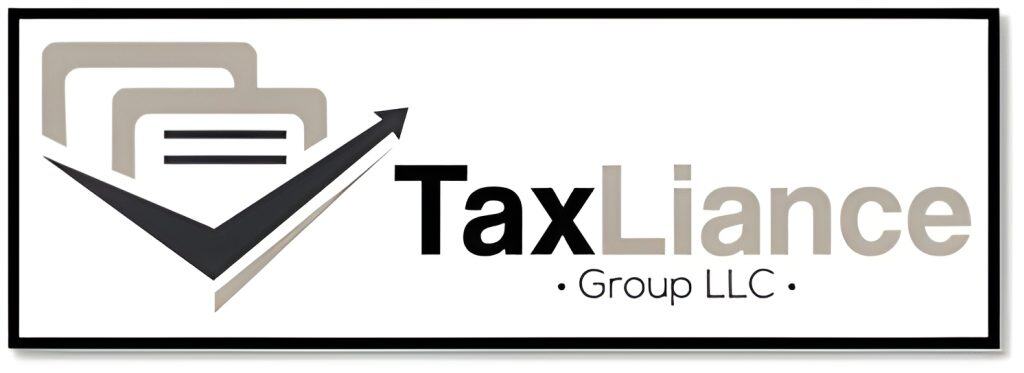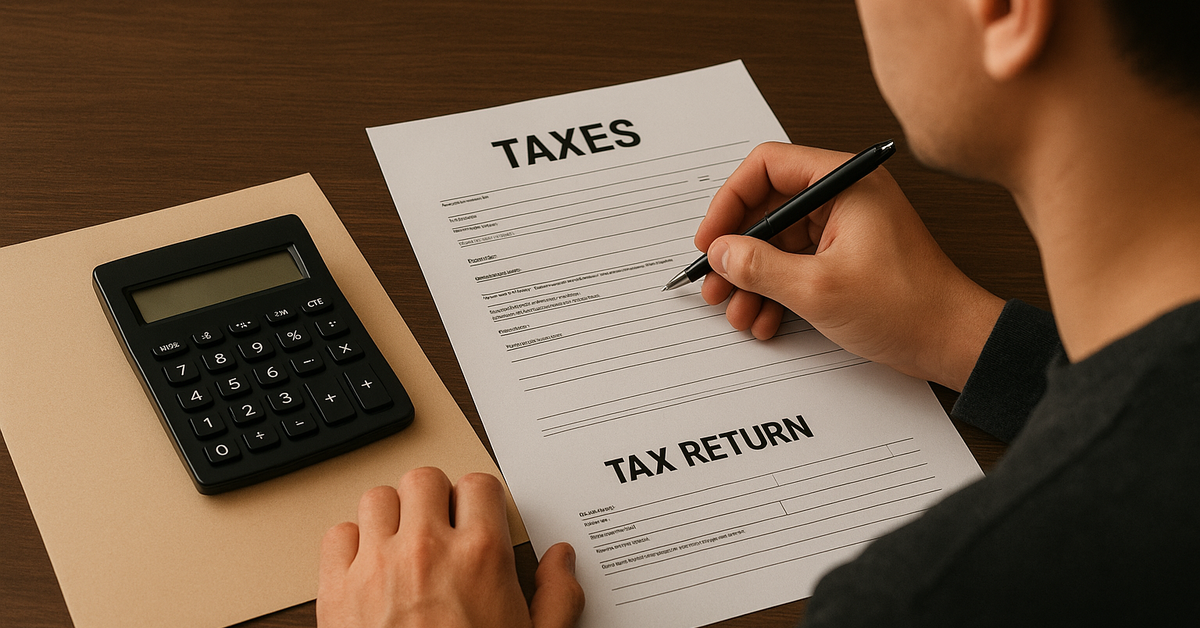Filing taxes for the first time can feel overwhelming. There are forms, deadlines, and rules that might seem confusing at first. But don’t worry—having a simple plan can make all the difference. When you understand how to file taxes for the first time, you gain control over your finances and reduce stress. Start by gathering the right documents and choosing a filing method that works for you. Use IRS tools to double-check your details and avoid errors. Knowing what to expect—and how to prepare—helps you file with confidence.

With a step-by-step approach and some patience, your first tax season can be smooth and stress-free. From start to finish, TaxLiance Group LLC helps you stay organized and achieve stress-free, accurate filing. Filing for the first time is a milestone—and you’ve got what it takes to do it right.
Learn How To File Taxes For The First Time
Begin with the basics. Determine if you need to file based on your situation. The IRS provides edges according to filing status and age. Then, collect all relevant documents in one folder. If you’re unsure how to file taxes for the first time, follow a simple plan that includes choosing a method, entering data carefully, and reviewing it twice. Next, choose a filing method that fits your needs. After that, enter data carefully and review twice.

Finally, file electronically and monitor your refund online. They include checking status, gathering forms, claiming credits, filing, and tracking refunds. Use them as your guide from start to finish. Keep notes as you go. Save PDFs in a backed-up folder.
Steps To File Your First Taxes
Documents tell your story. Collect income forms like W-2s and 1099s. Add tuition statements, mortgage interest, and health forms if they apply. Keep any IRS letters with your file. Then, match each number to your return. Missing forms can trigger notices. Therefore, request copies early if something is absent. When you file taxes for the first time, double-check social security numbers and names. Typos delay refunds. Also, review math. The IRS lists common mistakes, including wrong SSNs, filing status errors, and simple addition slips. Software helps reduce math errors, but review still matters. When finished, e-file and choose direct deposit for speed. Then use the IRS tracker to watch progress.
First-Time Filing Quick Tips:

What You Need to Know About Filing Taxes
There are three common paths. Use IRS-partnered free tools and commercial software if you qualify. Work with a qualified professional. If you plan to file taxes for the first time, start by choosing the method that matches your comfort level. Others can use free fillable forms. Electronic filing speeds processing. Direct deposit speeds refunds. The IRS explains both options clearly.

Therefore, choose the path that fits your comfort and complexity. If your situation involves multiple income types, consider help. Always keep copies of your return and confirmations.
Tax Preparation
Preparation starts with a simple checklist—group documents by income, deductions, and credits. Then create labeled folders or a single cloud folder. Scan paper records as PDFs. Name files with year and type. Next, read the IRS “Gather your documents” page. It explains what you’ll need to claim credits and avoid errors. If you need local help, choosing tax preparation in Jacksonville FL, can simplify tricky items and keep you organized.
Essential Tax Documents to Gather:

Tax Preparer
Some returns need a professional. Complex income, life changes, or small businesses raise the stakes. Therefore, consider a trusted tax preparer in Jacksonville FL, if you live locally and need hands-on help. Still, know what good help looks like. A preparer should explain steps, deadlines, and documents. They should review names, SSNs, and your filing status. They should also discuss credits you might miss. The IRS lists frequent errors you can avoid with a second set of eyes. Finally, ask how documents are stored and protected. Good security protects your identity. Keep copies of everything they file on your behalf.
Choose Your Filing Method
Pick a method that fits your situation and comfort level. E-filing is the fastest option for most filers. The IRS supports several free options and partner tools. Paper returns work, but they process more slowly. Direct deposit speeds refunds. “Where’s my refund?” shows the status 24 hours after e-filing and weeks later for paper returns. Therefore, electronic filing plus direct deposit is a strong combo. See the quick comparison below.
| Method | Pros | Considerations |
| E-file + Direct Deposit | Fast refunds, fewer math errors | Needs accurate bank info |
| E-file + Paper Check | Secure e-file, physical check | Slower refund delivery |
| Paper Mail | No tech required | Long processing times |
Know Your Filing Status
Your filing status affects your standard deduction and credits. It also shapes your filing requirement. Choosing the right one matters a lot. It changes thresholds and benefit amounts. If you’re unsure how do you file taxes based on your living or income situation, use the IRS tools to decide.

Also, remember that state rules may differ. Therefore, confirm both federal and state guidance before filing.
Common Mistakes First-Timers Make
First-time filers often repeat the same errors. They mistype names or SSNs. They pick the wrong filing status. They forgot a 1099 form. The IRS keeps a checklist of common mistakes. Review it before you submit. Then, check the math and totals one more time. Also, attach all required schedules. Finally, keep a copy of everything you file. That record helps next year and supports corrections, if needed. If you prefer help, get Jacksonville FL tax preparation services to handle tricky details and support local small business needs. When complexity rises, consider experts for guidance and year-round support.
Avoid These Pitfalls:

Confident First-Time Filing Starts Here
It’s not necessary to feel stressed when filing your taxes for the first time. Starting early, staying prepared, and using reliable sources are all good ideas. Remember the key steps in how to file taxes for the first time: check your filing needs, gather your documents, choose your method, review carefully, and file electronically for faster refunds. Monitor your tax return using the IRS tracker and print out copies for your records. Create good habits now, and sorting will come naturally. Once you file a form, your confidence grows, and confusion is replaced by certainty.

Ready to simplify your first tax season? Trust TaxLiance Group LLC to simplify your filing and ensure every detail is accurate.





